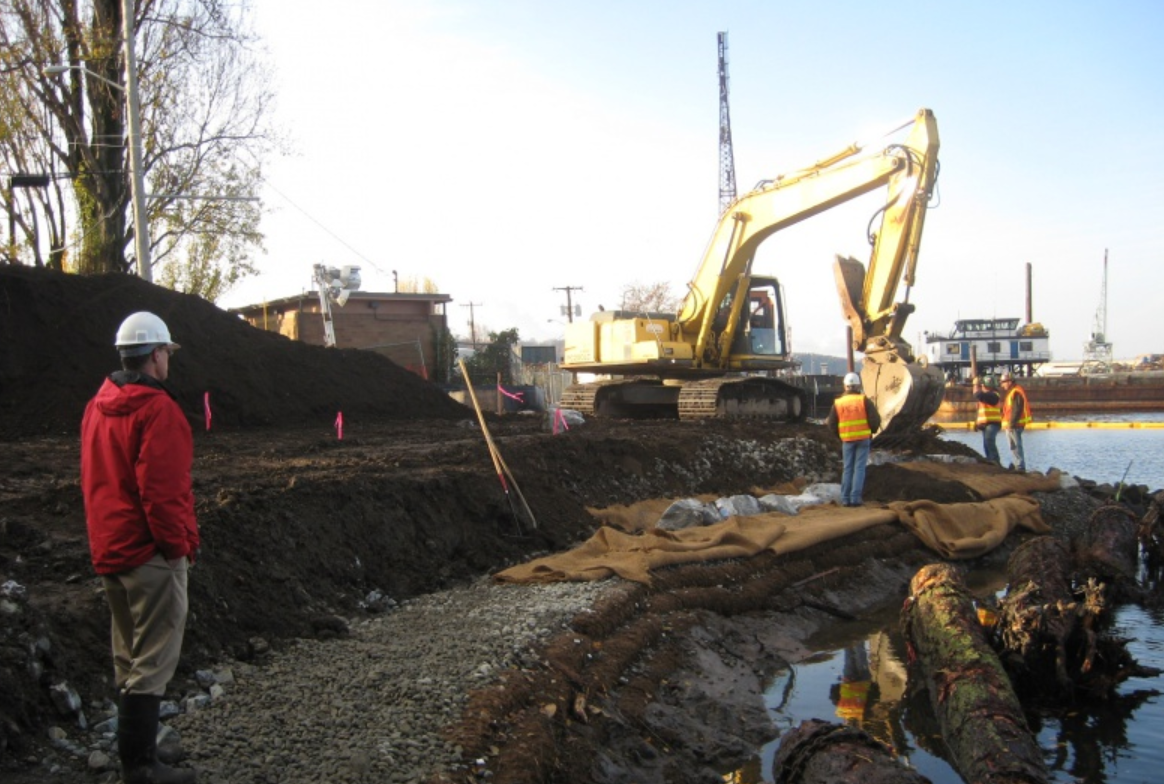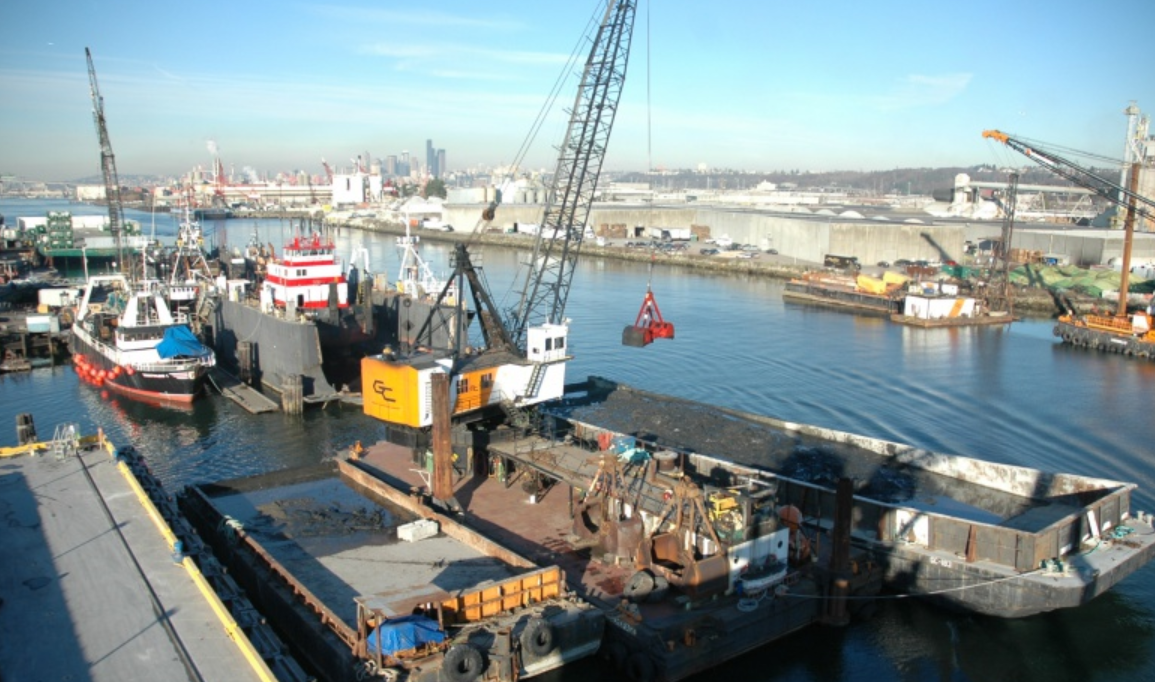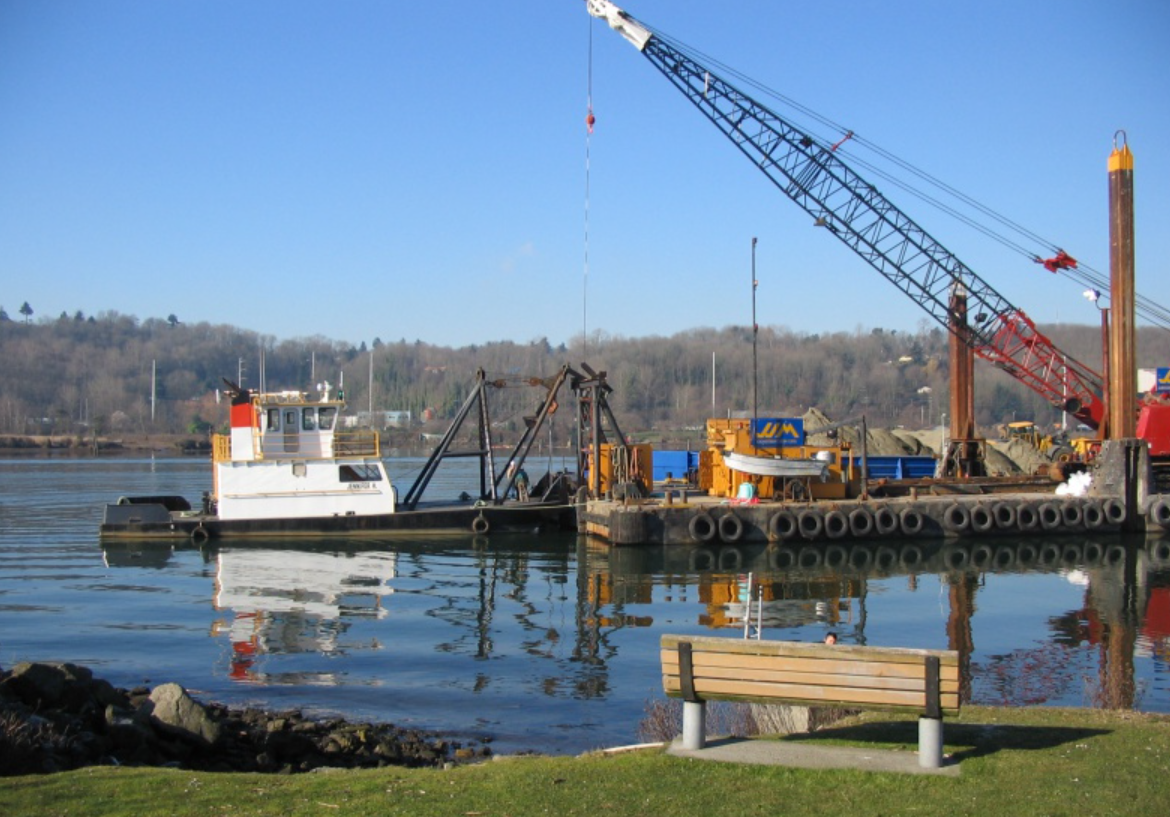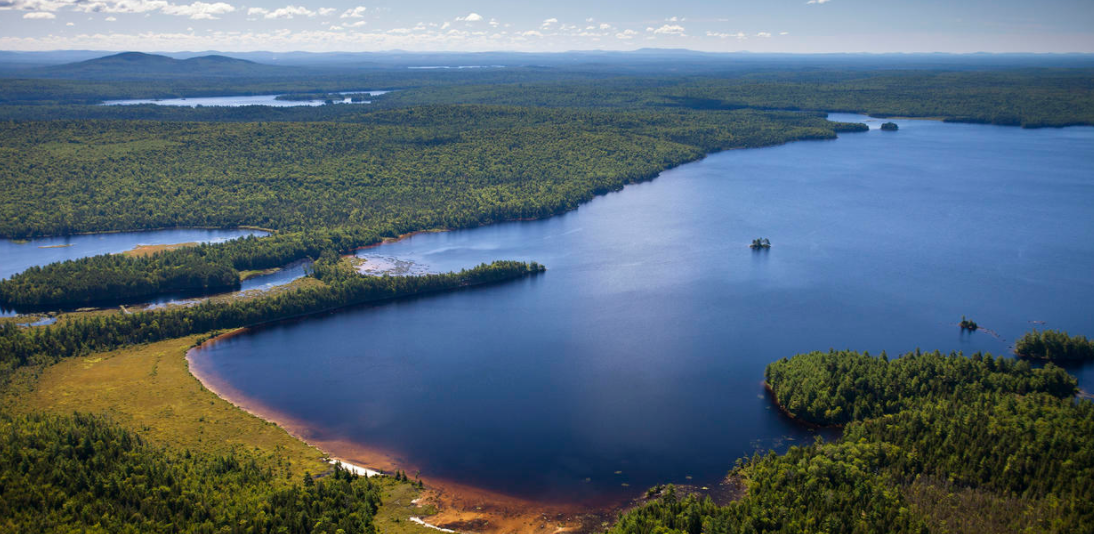Achieving Multiple Beneficial Outcomes at Complex Cleanup Sites
As the environmental remediation industry matures, several challenges remain for completing cleanups and for supporting beneficial environmental projects and property redevelopment. These projects often face various underlying technical complexities and financial constraints, such as litigation, unclear risk management decisions, and the high cost of the cleanup process. Emerging science to address chemicals such as perfluoroalkyl and polyfluoroalkyl substances (PFAS), coastal resiliency, and asset protection only add to these prevalent challenges.
Given the importance of environmental and redevelopment projects, it is critical—and in the best interest of the stakeholders involved—to continue moving these complex projects forward despite obstacles. With proper risk analysis, a holistic forward-thinking strategy, and stakeholder and community mediation, project managers can lead a more effective environmental cleanup while improving the quality of life in communities affected by contaminated hazardous waste sites.
Overcoming Complex Cleanup Sites with Sustainable Risk Management
Complex remediation sites face a variety of project risks including adequate mitigation of impacts to human health and the environment, remedy performance, regulatory compliance, changes to cost during implementation, and community stakeholder support. Successful management of these risks is the key to achieving the overarching goal of protecting human health and the environment. First and foremost, remedy protectiveness must be framed in the context of what is realistic and achievable. Realistic and achievable protectiveness goals ensure that a project can move forward and take full advantage of opportunities for creating the space for multiple beneficial outcomes, such as habitat restoration and redevelopment.

A forward-thinking strategy prompts careful consideration of potential project risks so managers can identify and address those most significant to remediation projects during design and construction.
A risk-based strategy considers and balances all risks to achieving successful completion of remediation and other beneficial outcomes. Identifying performance metrics and monitoring tools that support the strategy is crucial to improve the quality of decision making throughout a project life cycle, regardless of the site size and complexity. An early decision framework for sustainable risk management can chart a path to bring difficult, complex sites back into productive use.
Accelerating Site Remediation with a Forward-Thinking Strategy
In addition to proper risk evaluation, a holistic, forward-thinking strategy enables management to execute risk mitigation plans to improve the likelihood of achieving project objectives to remove contamination, restore resources, and close sites. However, cleanup projects may face extended litigation and financial constraints that can prevent the remediation process from starting in the first place. To move these projects forward, a proactive, sustainable, long-term strategy should consider and incorporate the following approaches:
- Integrate habitat improvements into remediation to move the permitting and approval process forward
- Seek to create additional benefits beyond addressing the chemicals of concern and address any natural resource damage claims
- Partner with firms that invest in mitigation banks
- Ensure equal access to publicly funded resources such as parks and recreation, climate justice, and clean air
- Involve all stakeholders and consider Environmental Justice
Integration of site redevelopment that includes these elements can address multiple stakeholder drivers, thus accelerating site remediation to overcome the various risks, underlying technical challenges, litigation, and financial constraints. This can foster the effective collaboration and mediation between all stakeholders that is necessary to move environmental cleanup projects forward.
Cleanup and Redevelopment of the Lower Duwamish Waterway
The Lower Duwamish Waterway (LDW) is a 5-mile segment of Seattle’s Duwamish River. The LDW Superfund Site is the industrialized estuary that flows between the neighborhoods of Seattle into Elliott Bay and has served as the city’s major industrial corridor since the early 1900s. This estuary is also home to a wide range of species, including juvenile Chinook salmon and chum salmon. Anchor QEA is involved with a number of sediment investigation and design projects, including habitat restoration planning and redevelopment, along the LDW.

Our team integrated sediment and soil cleanup where appropriate and developed habitat restoration conceptual designs to restore or create intertidal, marsh, and riparian off channel habitats in areas along the Lower Duwamish Waterway.
Integrating EPA’s Environmental Justice into the Superfund Remediation Process
To address the drivers and perspectives of the multiple stakeholders on the LDW—including tribes, residents, businesses, industries, labor groups, neighborhoods, government agencies, waterway users, fisheries, and others—the U.S. Environmental Protection Agency (EPA) established a “Round Table” format to generate recommendations to develop a successful cleanup design by acting as a neutral and transparent forum to collect input from all stakeholders. This is just one example of the EPA integrating Environmental Justice into the remediation process, employing the principles that are consistent with the national advisory council, providing good faith communications related to environmental cleanups, and identifying opportunities for ways to benefit affected communities.

Superfund remediation and redevelopment for Environmental Justice communities includes a broad set of recommendations, strategies, and actions that lead to more effective Superfund cleanup at Lower Duwamish Waterway.
Since 2018, the National Environmental Justice Advisory Council (NEJAC) has worked to integrate Environmental Justice into the EPA through the establishment of the Superfund Working Group to clean up Superfund sites quickly and with better outcomes for local communities. This group is composed of 30 members with diverse backgrounds in academia; finance; the law; brownfields; remediation; federal, state, local, and tribal government; and community-based organizations. Although the allocation of liabilities is always going to be extremely complex with high project costs driving extending litigation, mediation and collaboration between all parties (including the EPA) can be very effective in moving the process forward.
Penobscot River Estuary: Overcoming Extending Litigation with Utilizing Environmental Trusts
Negotiated cleanup settlements are another way to accelerate remediation and overcome high costs and extended litigation at single-party sites or sites where financial allocation is complete. For example, environmental trusts can be engaged with a fiduciary responsibility to implement the work. After two decades of litigation, the Maine People’s Alliance, the Natural Resources Defense Council, and Mallinckrodt US LLC filed a proposed consent decree to settle litigation over mercury contamination in the Penobscot River Estuary in Maine.

Penobscot River Estuary environmental issues are being addressed under a negotiated settlement.
The consent decree includes capping or removing contaminated sediments, implementing various beneficial environmental projects, and conducting long-term monitoring. An independent trustee, the Greenfield Environmental Trust Group, was selected to manage two trusts funded by Mallinckrodt and direct the work.
In the end, unclear risk management decisions, litigation, and the high cost of cleanups must all be overcome to successfully move a project forward. With effective stakeholder and community mediation, project managers can lead more effective environmental cleanups and improve the quality of life in communities affected by contaminated hazardous waste sites.

